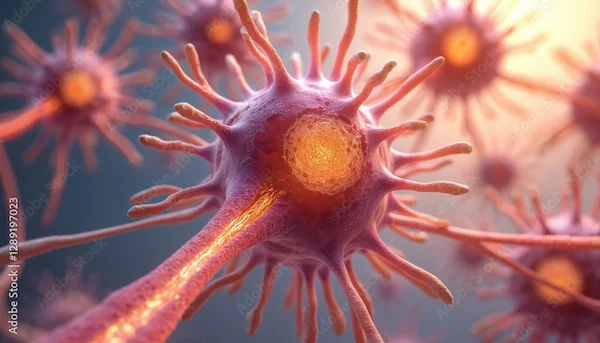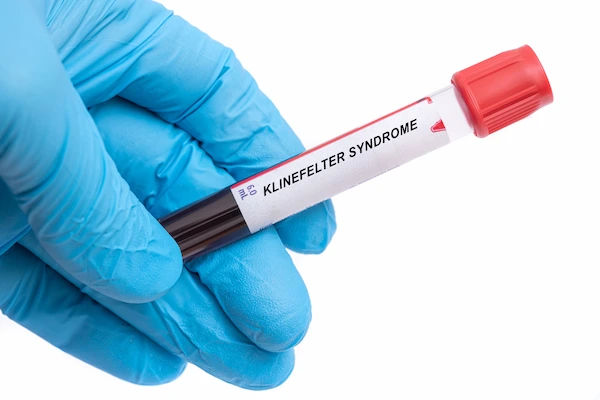Dysmenorrhea: Symptoms, Causes, and Treatments
Learn all about dysmenorrhea—its symptoms, causes, and effective treatments. Discover home remedies, lifestyle tips, and medical options to relieve painful periods.

Written by Dr. Rohinipriyanka Pondugula
Reviewed by Dr. D Bhanu Prakash MBBS, AFIH, Advanced certificate in critical care medicine, Fellowship in critical care medicine
Last updated on 25th Aug, 2025

Dealing with painful periods can be frustrating and exhausting. If you experience severe cramps, nausea, or discomfort during your menstrual cycle, you might be suffering from dysmenorrhea; a common condition affecting many women. The good news is that you don’t have to suffer in silence. Understanding the causes, symptoms, and treatment options can help you manage the pain effectively.
What is Dysmenorrhea?
Dysmenorrhea refers to painful menstrual cramps that occur before or during menstruation. While mild discomfort is normal, severe pain that interferes with daily activities is not. There are two types:
1. Primary Dysmenorrhea – Common menstrual cramps without any underlying medical condition.
2. Secondary Dysmenorrhea – Caused by reproductive disorders like endometriosis, fibroids, or pelvic inflammatory disease.
Symptoms of Dysmenorrhea
The pain usually starts 1-2 days before your period and may last for 2-3 days. Common symptoms include:
Severe cramping in the lower abdomen
Dull, throbbing pain that may radiate to the lower back or thighs
Nausea or vomiting
Diarrhea or constipation
Headaches or dizziness
Fatigue and mood swings
If your pain is debilitating or accompanied by heavy bleeding, consult a doctor to rule out underlying conditions.
What Causes Dysmenorrhea?
Primary Dysmenorrhea Causes
Prostaglandins: Hormone-like chemicals that trigger uterine contractions. Higher levels lead to stronger cramps.
Uterine contractions: Tightening of the uterus to shed its lining, which can cause pain if excessive.
Secondary Dysmenorrhea Causes
Endometriosis: When uterine tissue grows outside the uterus.
Fibroids: Non-cancerous growths in the uterus.
Pelvic Inflammatory Disease (PID): Infection of reproductive organs.
Adenomyosis: Uterine lining grows into the muscle wall.
How to Manage Dysmenorrhea?
1. Home Remedies & Lifestyle Changes
Heat Therapy: A heating pad or warm bath can relax muscles and ease cramps.
Exercise: Light yoga or walking increases blood flow and reduces pain.
Hydration: Drink warm water or herbal teas (ginger, chamomile) to reduce bloating.
Diet: Eat anti-inflammatory foods (leafy greens, nuts, fish) and avoid caffeine, salt, and processed foods.
2. Over-the-Counter (OTC) Medications
Pain Relievers: Ibuprofen or naproxen reduce prostaglandins and relieve cramps.
Birth Control Pills: Hormonal contraceptives can regulate periods and reduce pain.
3. Medical Treatments
If home remedies don’t help, your doctor may recommend:
Hormonal Therapy (pills, patches, IUDs)
Physical Therapy for pelvic pain
Surgery (in severe cases like endometriosis or fibroids)
When to See a Doctor?
Consult a gynecologist if:
Pain is unbearable and disrupts daily life.
Symptoms worsen over time.
You experience heavy bleeding or clots.
Pain persists after your period ends.
Early diagnosis of conditions like endometriosis can prevent complications.
Final Thoughts
Dysmenorrhea is common but shouldn’t be ignored. Simple lifestyle changes, medications, and medical guidance can make a big difference. If your period pain is affecting your quality of life, don’t hesitate to seek help.
Need expert advice? Book a consultation with a gynecologist on Apollo 24|7 for personalized care and effective treatment options.




